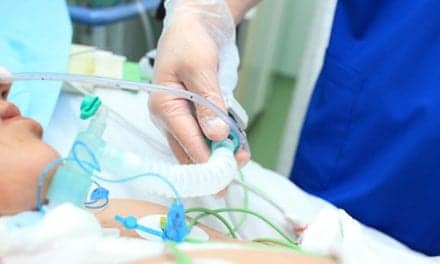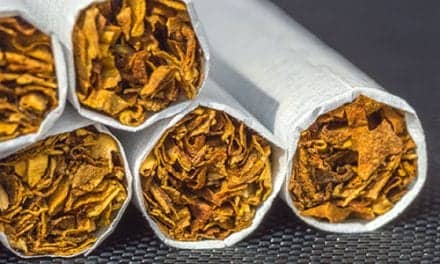Researchers have found that when autologous (self-donated) lung-derived mensenchymal stem cells (LMSCs) were transplanted endoscopically into 13 adult female sheep modeled with emphysema, post-transplant evaluation showed evidence of tissue regeneration with increased blood perfusion and extra cellular matrix content. The investigators concluded that their approach, published in the journal Cell Transplantation, could represent a practical alternative to conventional stem cell-based therapy for treating emphysema.
"Mensenchymal stem cells are considered for transplantation because they are readily available, highly proliferative and display multi-lineage potential," said Edward P. Ingenito, MD, PhD, study author, from Brigham and Women’s Hospital Division of Pulmonary and Critical Care Medicine. "Although MSCs have been isolated from various adult tissues—including fat, liver and lung tissues—cells derived from bone marrow (BM) have therapeutic utility and may be useful in treating advanced lung diseases, such as emphysema."
However, according to the researchers, previous transplantation studies, many of which used an intravenous delivery method, have shown that BM-MSCs have been only marginally successful in treating lung diseases. Further, therapeutic responses in those studies have been limited to animal models of inflammatory lung diseases, such as asthma and acute lung injury.
To try and answer the questions surrounding the utility of BM-MSCs for treating advanced emphysema, a disease characterized by tissue destruction and loss of lung structural integrity, the researchers isolated highly proliferative, mensenchymal cells from adult lung parenchyma (functional tissue) (LMSCs) and used an endoscopic delivery system coupled with a scaffold comprising natural extracellular matrix components.
"LMSCs display efficient retention in the lung when delivered endobronchially and have regenerative capacity through expression of basement membrane proteins and growth factors," explained Ingenito. “However, despite the use of autologous cells, only a fraction of the LMSCs delivered to the lungs alveolar compartment appeared to engraft. Cell death likely occurred because of the failure of LMSCs to home to and bind within their niche, perhaps because the niche was modified by inflammation or fibrosis. These cells are attachment-dependent and failure to attach results in cell death."
The researchers’ findings did suggest, however, that LMSCs were capable of contributing to lung remodeling leading to documented functional improvement rather than scarring 28 days post transplantation.
"Although the data is from a small number of animals, results show that autologous LMSC therapy using endoscopic delivery and a biocompatible scaffold to promote engraftment is associated with tissue remodeling and increased perfusion, without scarring or inflammation," concluded Ingenito. "However, questions concerning mechanism of action and pattern of physiological response remain topics for future investigation."
Source: Cell Transplantation Center of Excellence for Aging and Brain Repair








